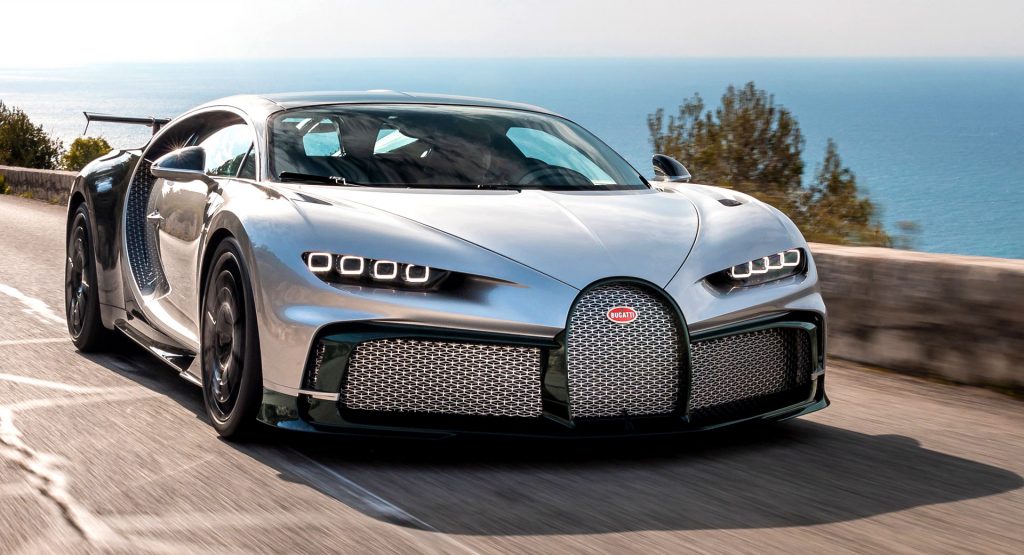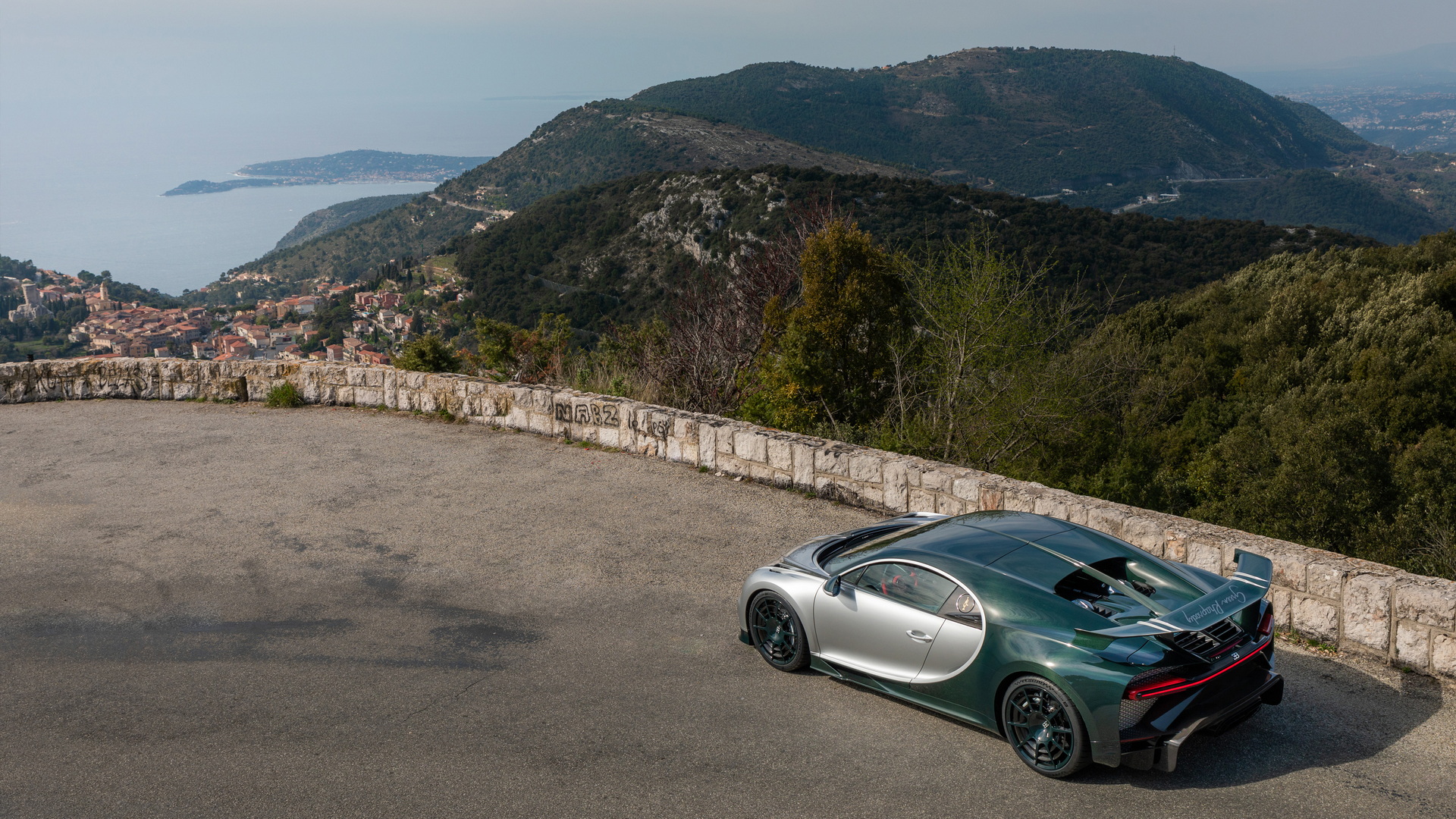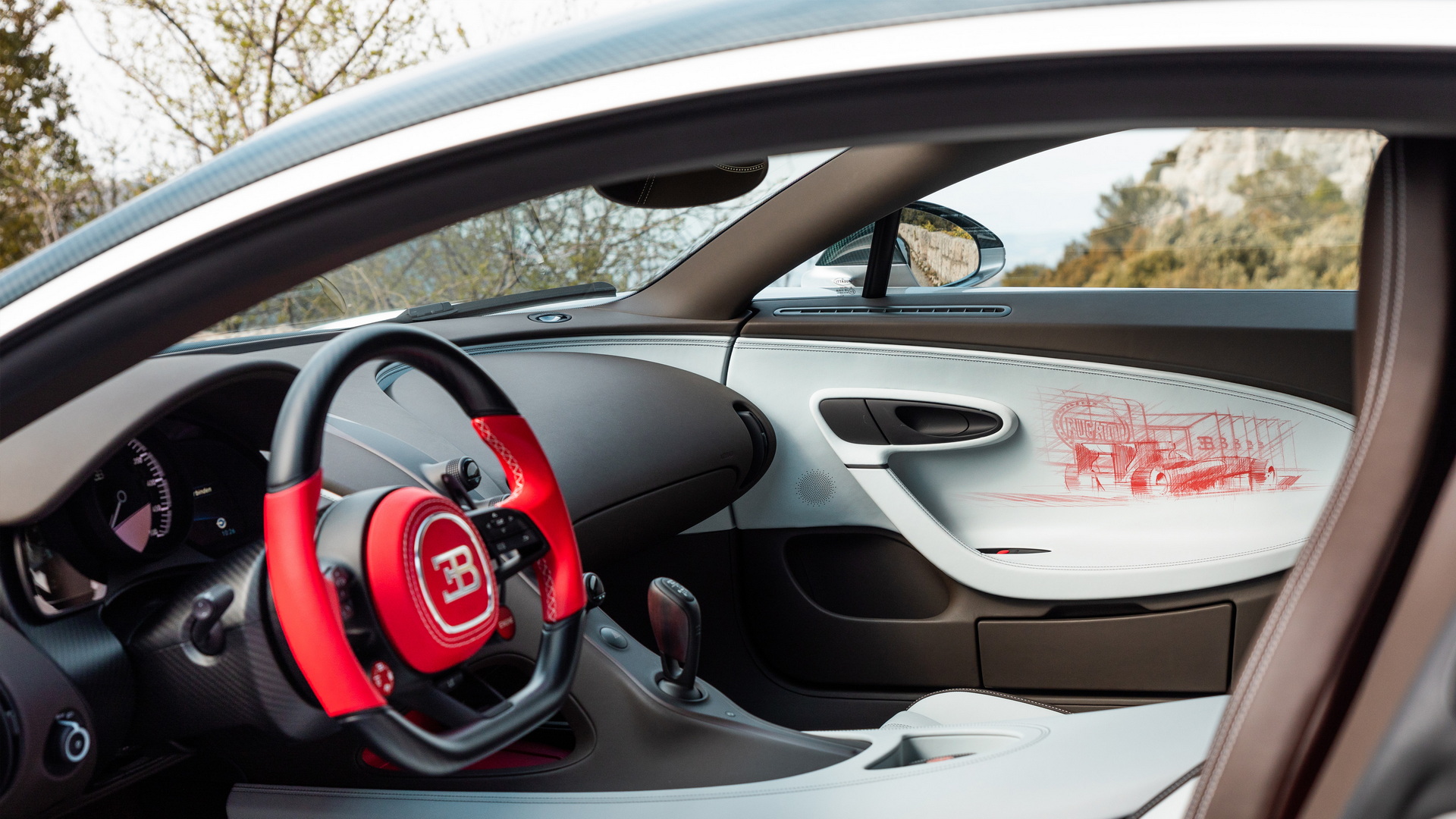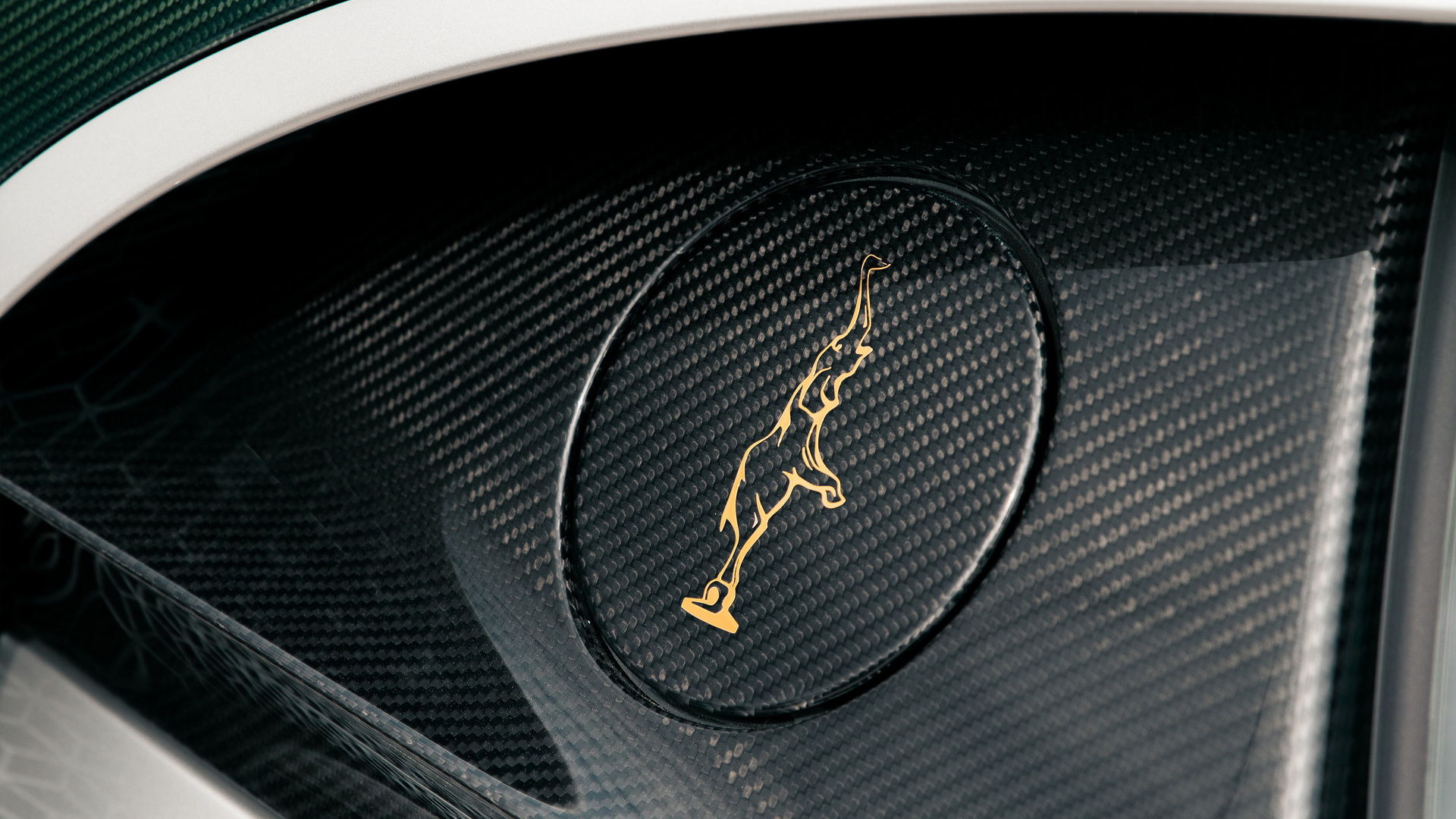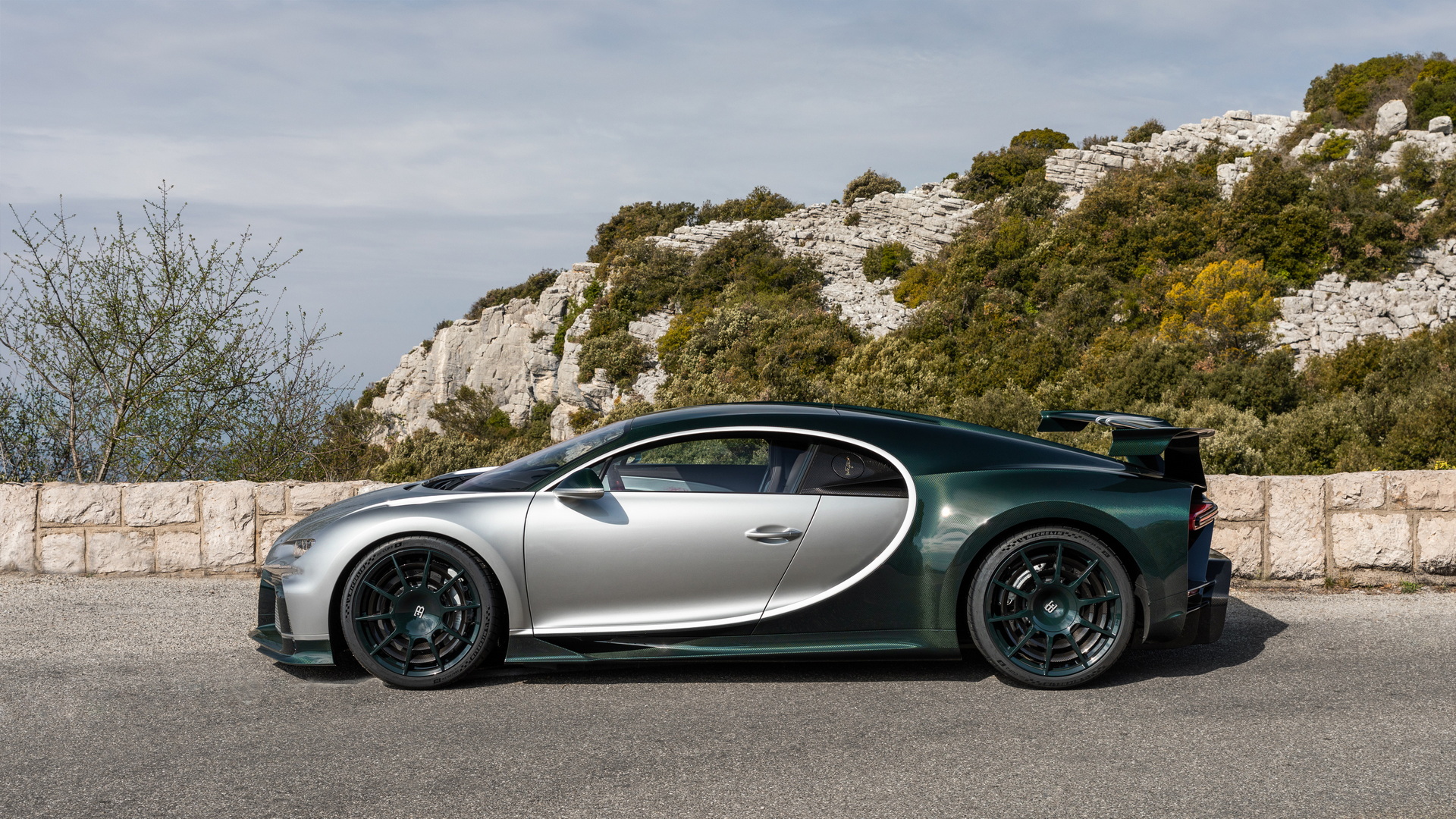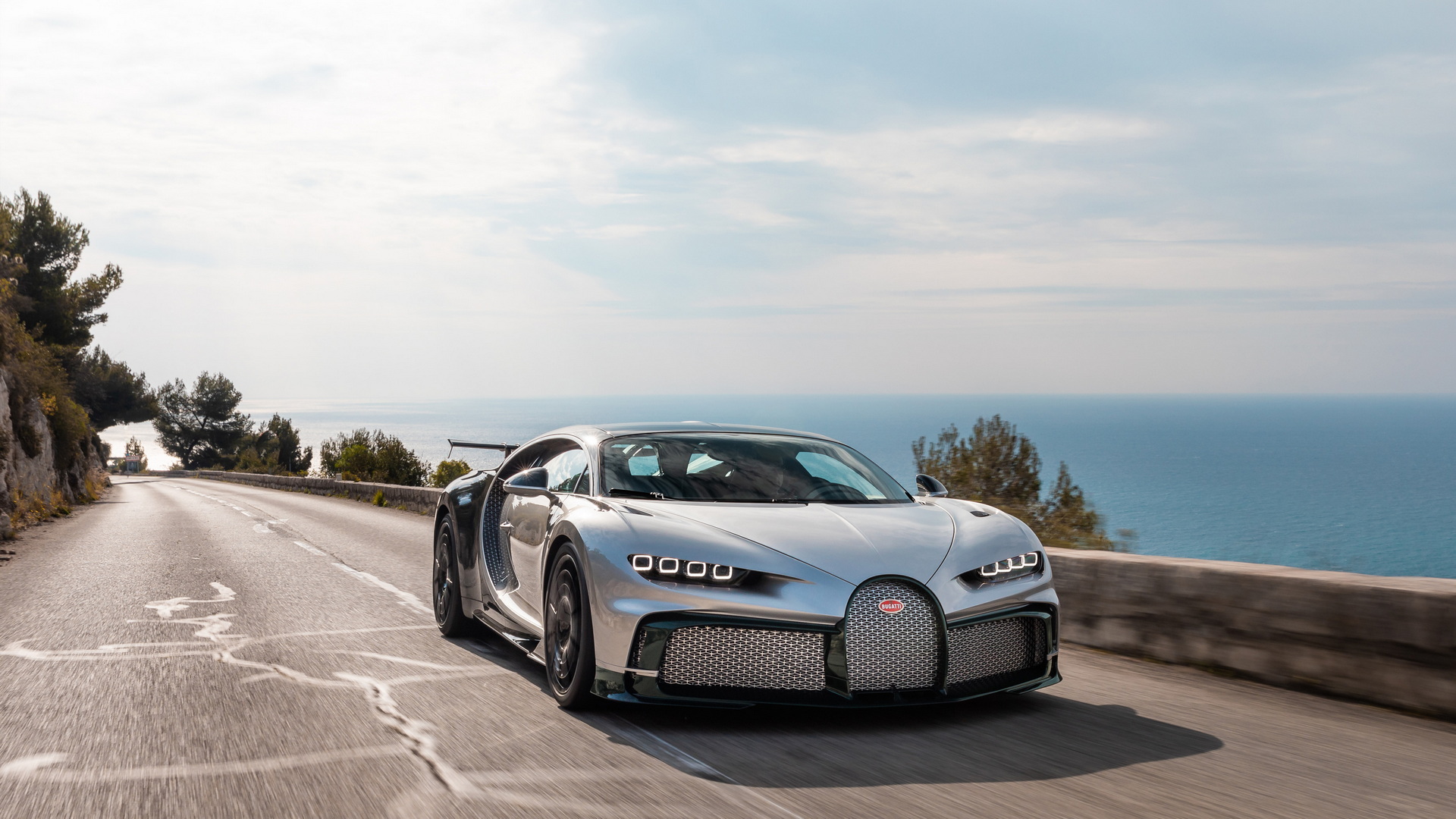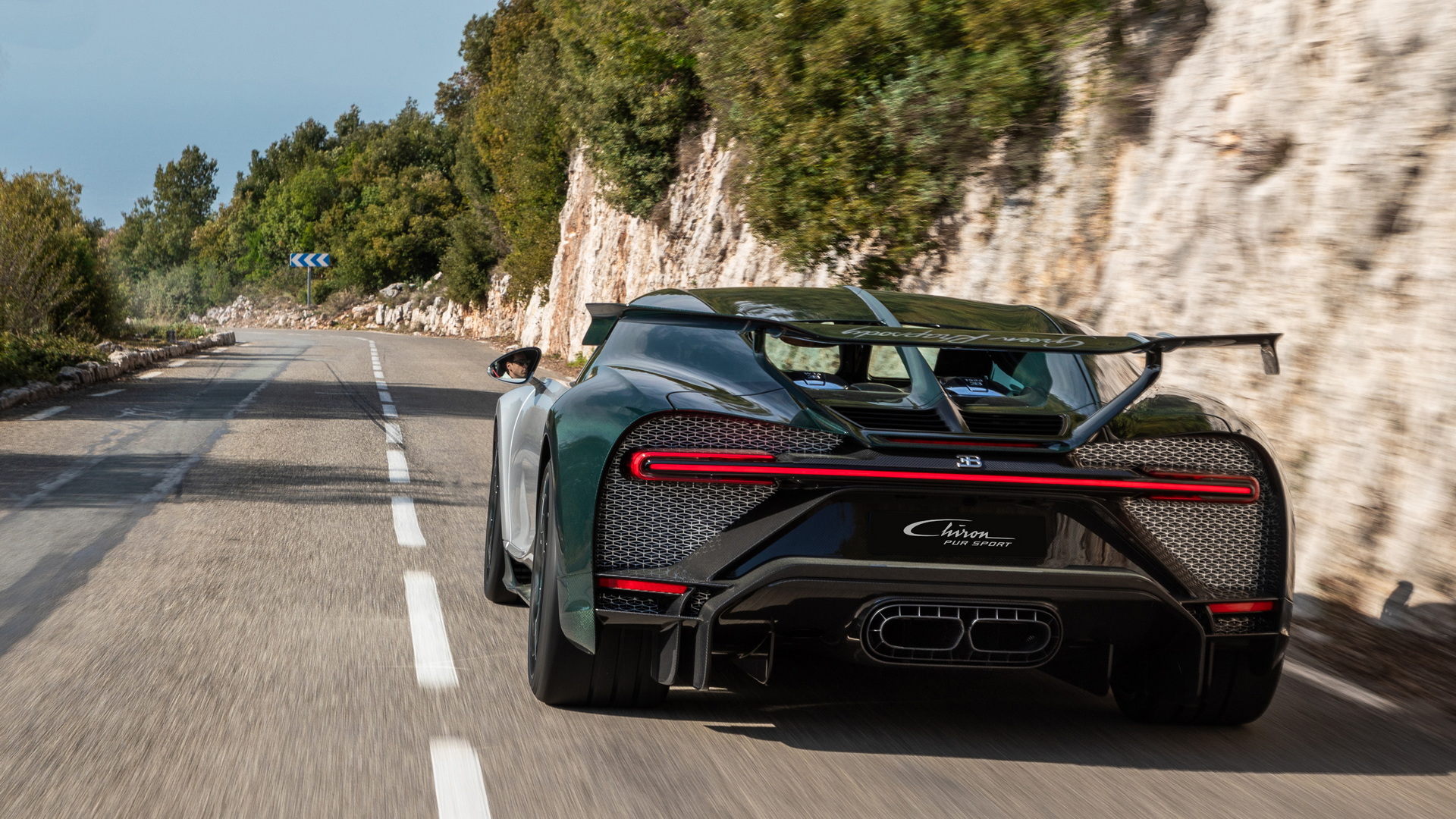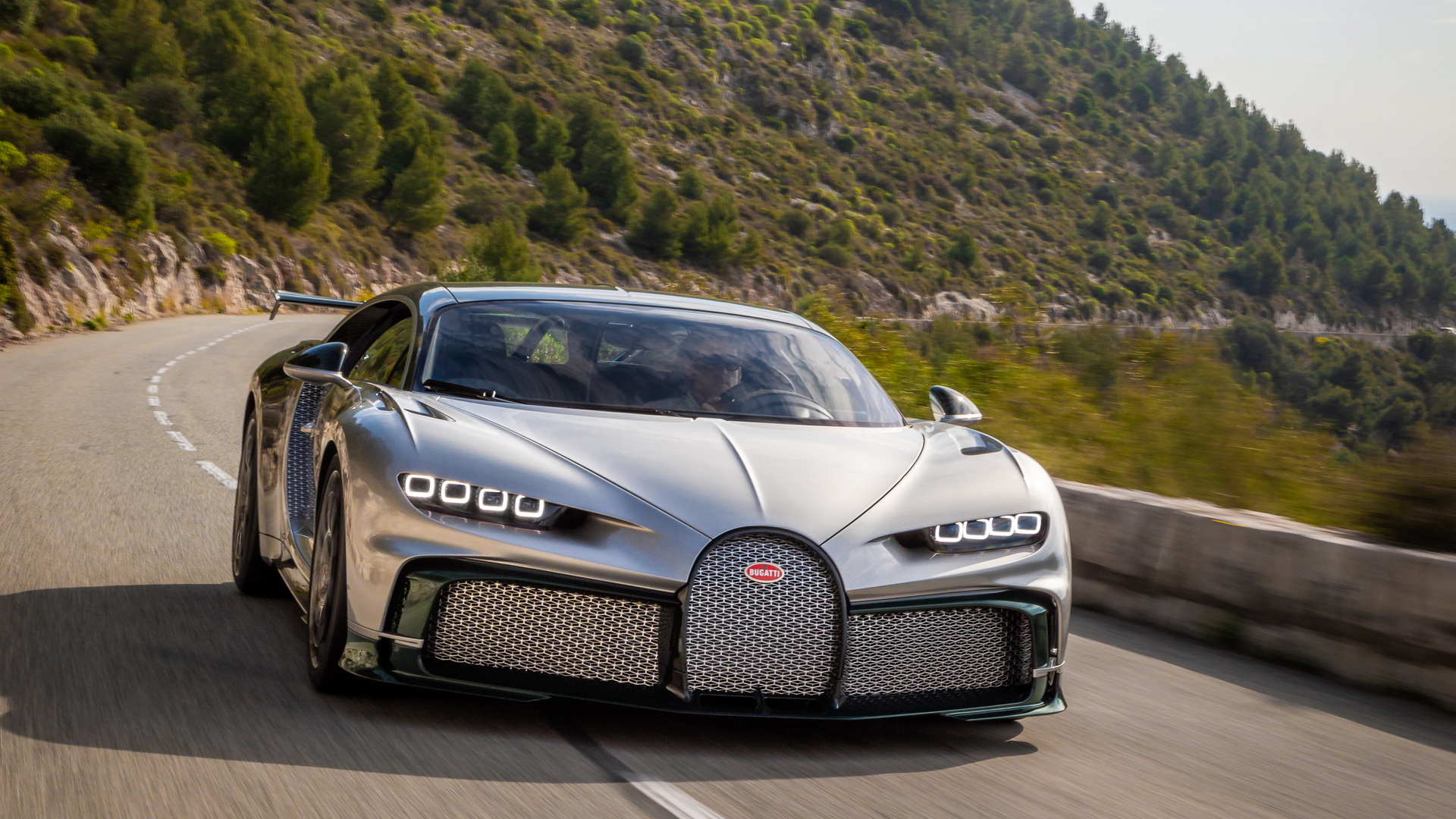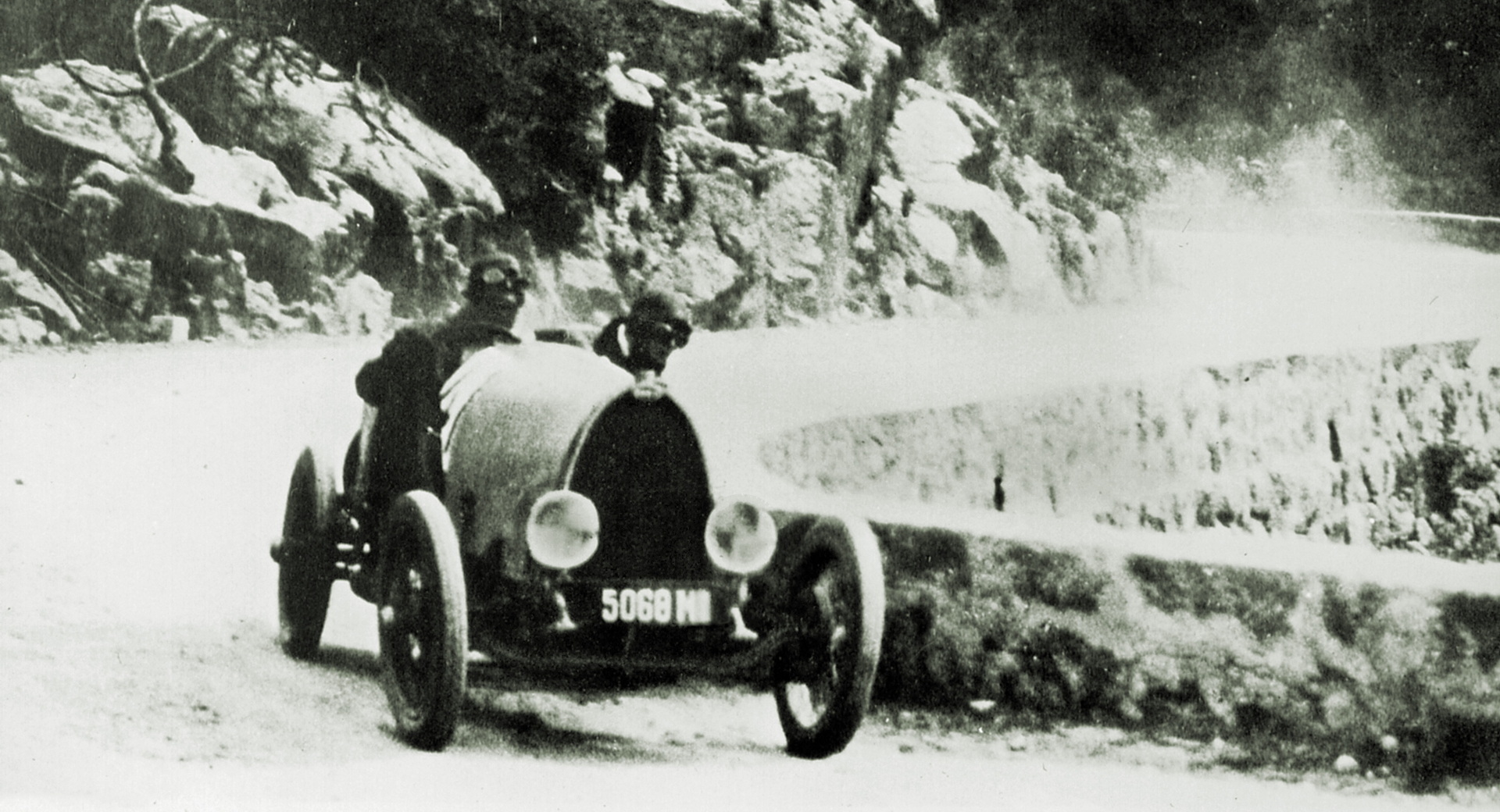The year was 1922 and, after taking a break for the First World War, the La Turbie hill climb was back. The 6.3 km (3.9-mile) course ran on sandy, stony roads dotted with potholes about 450 meters (1,476 feet) uphill from Monte Carlo. Jean Mabille had his eyes set on victory and he knew exactly which car would get him there: the Bugatti Type 13.
The event was first run at the Nice Speed Week in 1897 when the race between that city and La Turbie became the first hill climb ever to take place. In just the eighth running of the event since its founding, all were eager to finish well.
The car Mabille chose, the Type 13, had first hit the road in 1911 and its combination of light bodywork and reliable engineering took it to second place in the French Grand Prix that year. After WWI, production restarted in 1919 and Bugatti gave the 1.3-liter engine a four-valve cylinder head, making it the first car ever to implement the technology. It was also the first automobile to use white metal for the crankshaft bearings and to employ a pump to spray oil onto specific parts.
Read Also: Bugatti Celebrates 100th Anniversary Of Historic Victory With Classic Car Event In Italy
From 1920, it was improved further with dual ignition and ball bearings in the crankshaft to make it run even more smoothly. Its displacement was also increased to 1.5 liters helping it to generate 49 hp (36.7 kW/50 PS). Weighing in at just 490 kg (1,080 lbs), the Type 13 was capable of reaching speeds of 150 km/h (93 mph).
As a result of its technological advancements, it quickly dominated motorsports, winning the French Grand Prix and finishing 20 minutes ahead of the competition at Le Mans. And it carried on winning through the early ’20s.
Indeed, at La Turbie, in 1922, at the hands of Jean Mabille, the voiturette managed to complete the climb in just six minutes and 24 seconds, earning it victory at the event. The win delighted Ettore Bugatti and was important enough for the company to take a modern Bugatti Chiron Pur Sport to the same roads today, to celebrate the victory 100 years later.
“With its victory in the famous La Turbie hill climb 100 years ago, Bugatti demonstrated that its vehicles offered incomparable performance with their high quality, high-grade materials, and workmanship,” said Christophe Piochon, President of Bugatti Automobiles. “We have maintained this tradition to this day and are also taking it into the future. It is therefore entirely fitting for the Chiron Pur Sport to celebrate the centenary of this achievement a modern-day expression of the experience and engineering knowledge Bugatti gained all that time ago.”
The car, designed to be the most agile member of the Chiron lineup, donned a silver and green livery for its drive through La Turbie, to follow in the tire tracks of the Type 13 voiturette.




